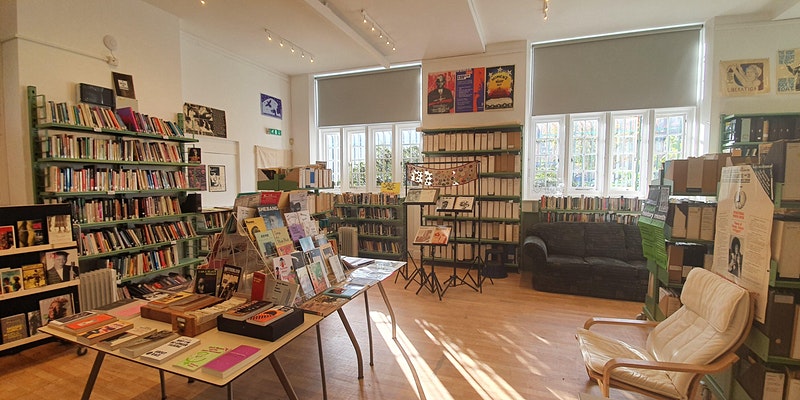The use of the term “community” has long been contested in land use planning. Debates have ranged from questions surrounding who is included in definitions of community to how consensus building conflicts with differences across a community and can lead to cynicism towards the use of the concept in planning. The planning process for a smart city redevelopment along Toronto’s waterfront was no exception: “community” became used as a branding technique that obscured efforts for more inclusionary planning.
Throughout the massive planning documents released by the partnership that became branded as Sidewalk Toronto, there was an amorphous, oftentimes vague deployment of the term. This legitimised and marketed an entrepreneurial strategy that prioritised technological innovation and real estate over genuine community engagement. Meanwhile, “community” postured a false association with conceptions of socioeconomic diversity and inclusion. In smart city marketing, an opportunity to empower the public through the planning process is missed.
For my RUPS dissertation (2020), I performed a discourse analysis of both the planning materials and the public engagement feedback materials published by Sidewalk Toronto and Waterfront Toronto, from the initial partnership to its recent dissolution. My data reveals a lack of planners’ responsiveness to the issues raised by participants. Planners did not adapt their development goals, nor their means of achieving them, after receiving initial feedback from those who participated in the public engagement process. Most notably, Sidewalk Toronto disproportionately discussed conceptions of mixed-use development throughout the planning process, while the public consistently focused on issues of trust. The discrepancies between prioritising real estate over trust were ultimately never reconciled. Instead, the agreement to partner by Waterfront Toronto came before consulting the public on the initial proposals, and this pushed forward a data-driven smart city project that left public priorities inadequately addressed from start to finish.
The implications of my findings on future research into the structural disparities that inform planning processes are twofold. Firstly, the emerging smart city development logic serves as a depoliticising market force that obstructs genuine engagement and structural changes. Secondly, skepticism toward smart city proposals will devolve into cynicism if persistent public interests continue to be ignored in favour of the glossy, utopian ideations couched in hollow uses of “community.”
“Community” is employed to evoke an often vague, part romantic, part utopian collective and individual aspiration that evokes the ideals of democracy. Architects and planners often claim to be apolitical, which is itself a political statement that allows the market to determine the boundaries of a community identity that purports to be inclusive. In doing so, they obscure the exclusion and marginalisation of heterogeneity.
As such, community evoked in the marketplace is an intoxicatingly persuasive facade claiming a universalising single public and unifying discourse that only exists in the imagination. Some notions of community within cities have been used to define selves against others and implement social controls—and so have served more as a barrier than as a facilitator of social change. Cultural consumption in cities has made them spaces in which conceptions of community are commodified and the promises of smart city rhetoric serve to add value and mark status through the proposed neighbourhood. Through the thematic uses of safety, health, equity and productivity, simplified conceptions of “community” necessarily exclude difficult questions of race, poverty and disenfranchisement in favour of consensus values which help enable development.
Planning processes which situate proposals as common sense, and in opposition to development failures and shortcomings of the past, may in reality act outside of those lessons. Smart city rhetoric can use conceptions of community to give legitimacy to the claims that these methodologies make about the outcomes of their particular brand of urban development. Something new and innovative is proposed, while simultaneously positioning plans, no matter how vaguely described, as an established best practice. In effect, it is an attempt to create a new, replicable, economically viable process that hinges on the false promises of objective and apolitically positioned urban data.
Sidewalk Labs sought legitimacy through gestures toward “community” and their partnership with Waterfront Toronto, while using the rhetoric of “smartness” to perpetuate the myths of urban efficiency, optimisation and the objectivity of big data for informing local decision making. The emerging discourse of smart cities positions itself as a new development logic which capitalises on the prospect of technological innovation and data collection. It uses participatory processes and notions of community to legitimate itself in public and political realms as well as to depoliticise and diminish disagreements with the proposals being made.
The emerging smart city discourse borrows from the rhetoric of community participation, sustainability and innovation, and offers an uncritical stance toward urban development while insidiously implying social cohesion. Smart cities have the potential to make urban decision-making more democratic and representative, but uncritically labelling such development as community-oriented or sustainable obfuscates how such projects are prioritising economic growth and competitiveness in the global knowledge economy rather than the progressive goals that they purport to seek.
We must be wary of how the generators of smart city discourse and development logic are explicitly and implicitly constructing an amorphous conception of community that necessarily restricts the possibilities for developing more inclusive and equitable cities. The process for determining what should be built must be honestly accessible, transparent and responsive—not just marketed as such.



